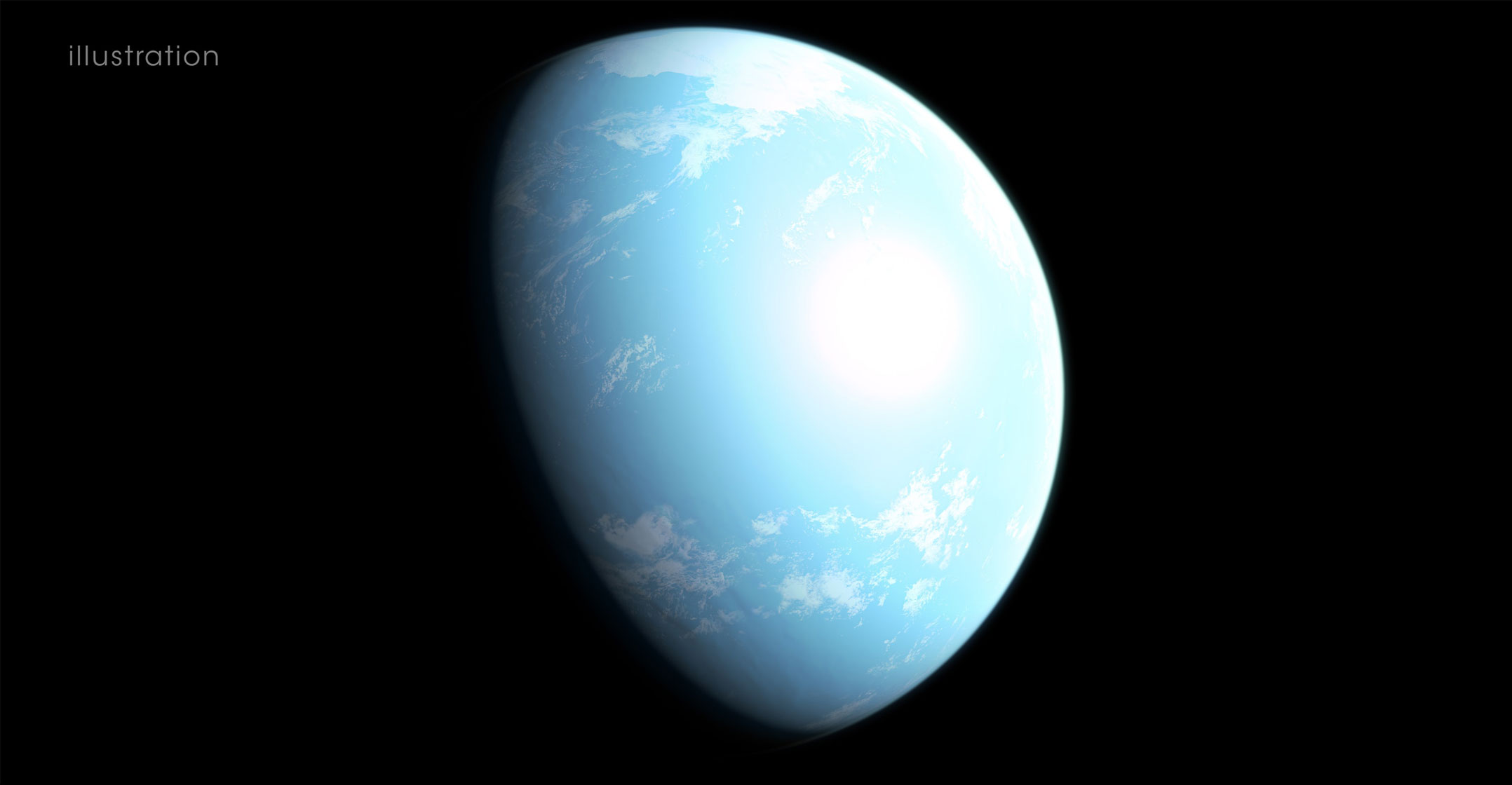 Two “super-Earths” have been discovered orbiting one of the brightest red dwarf stars in the sky. About half as big as the sun, GJ 887 is just 11 light years away.
Two “super-Earths” have been discovered orbiting one of the brightest red dwarf stars in the sky. About half as big as the sun, GJ 887 is just 11 light years away.
Red dwarfs like GJ 887 have low surface temperatures, which makes them less luminous and often hard to detect. But stars like these are cooler than the sun, which means the habitable zone – the orbital band where temperatures are mild enough to allow liquid surface water – is much closer to GJ 887 in comparison to the Earth’s distance from the Sun.
The new planets, called GJ 887b and GJ 887c, were found using a high-precision, planet-finding instrument on the European Southern Observatory’s 3.6m telescope at La Silla in Chile. Both are believed to be super-Earths – planets which have a mass higher than Earth but substantially below those of local ice giants Uranus and Neptune.
The discovery was made by an international team of astronomers, including researchers from the University of Hertfordshire, The Open University and Queen Mary University of London. The scientists used a technique known as Doppler wobble, which enabled them to find the planets by measuring their gravitational interaction with GJ 887. As a planet orbits, it causes its parent star to wobble by a tiny degree. Astronomers can see the signature of this effect in the light emitted by the star.
The researchers believe both GJ 887b and GJ 887c lie close to the inner edge of habitable zone and may be too hot to maintain liquid water on their surfaces. They estimate the surface temperature of GJ 887c, which takes 21.8 days to circle its host star, to be around 70C. GJ 887b, meanwhile, is much closer to the star, with an orbital period of 9.3 days. But the researchers say GJ 887 is less active than other red dwarfs, so the newly discovered worlds may be spared from strong stellar winds – outflowing material from the star which can erode a planet’s atmosphere. Hence, the team are keen to learn more about this super-Earth system.
Tidally locked
John Barnes, an astrophysicist at the Open University and one of the authors on the study published in the journal Science, said: “Close-orbiting planets like these have a high chance of being tidally locked to their host star. This means that as the planet orbits its star, the same hemisphere always faces the star. For the planets orbiting GJ 887, half of the planets would be in perpetual daytime and the other half in perpetual nighttime. So, it could be much cooler on some parts of the planets than others.”
The researchers also detected an unconfirmed signal, raising hopes of a third planet with a more “temperate” orbit. But Barnes is cautious about this finding, saying: “If the signal is a planet, it would orbit every 51 days. However, we also see signals with a similar period that we know must be coming from the star. This is why we are currently unable to say that the third signal is actually a planet. If subsequent observations do confirm it as a planet, it would lie just within the habitable zone.”
Writing in a related comment piece, Melvyn Davies, professor of astronomy at Lund University in Sweden – who was not involved in the research, said: “If further observations confirm the presence of the third planet in the habitable zone, then GJ 887 could become one of the most studied planetary systems in the solar neighbourhood.”

